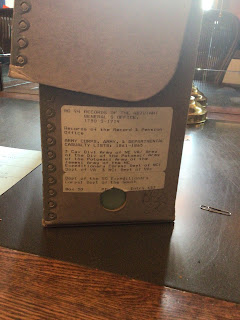I've reached the conclusion that Lee didn't sack Lt. Gen. A. P. Hill either because Lee didn't think Hill was as unfit for corps command as Ewell, or because there was no place to put Hill out to pasture commensurate with his rank.
Ewell lost his composure at Spotsylvania. Hill allowed a subordinate to blunder into an undesired general engagement at Gettysburg on July 1, 1863; failed to inform his subordinates of his whereabouts on July 2, thus hundering reinforcement of his corps' attack on Cemetery Ridge; failed to recommend his freshest, strongest brigades for the first wave of Pickett's Charge on July 3; launched an inadequately reconnoitered attack at Bristoe Station on October 14 that ended in a bloody repulse; failed to strengthen up his lines on the night of May 5-6 in the Wilderness, resulting in their collapse on May 6; was too ill to lead his corps at the beginning of Spotsylvania; launched a piecemeal attack that failed at Jericho Mills on May 23; and impaired execution of Mahone's plan that routed II Corps on June 22.
Ewell got the Department of Richmond when he lost his corps in May. Early remained in command of the Army of the Valley District with a division of infantry and two of cavalry in December. There was no place to park Hill commensurate with his rank.
I contend that if Hill's position had opened up, there was no reason not to promote Mahone to fill it after his contribution to victory at Jerusalem Plank Road (June 22-23) and First Reams Station (June 29), and certainly after the Crater (July 30). Lee had the gumption to promote Mahone's staffer Girardey from captain to brigadier general over several colonels after the Crater; why would Lee have lacked the nerve to promote Mahone over Heth and Wilcox?
Please prove me wrong.
Thanks,
John Horn



.jpg)






